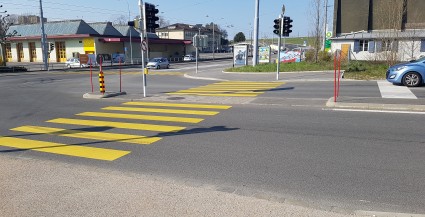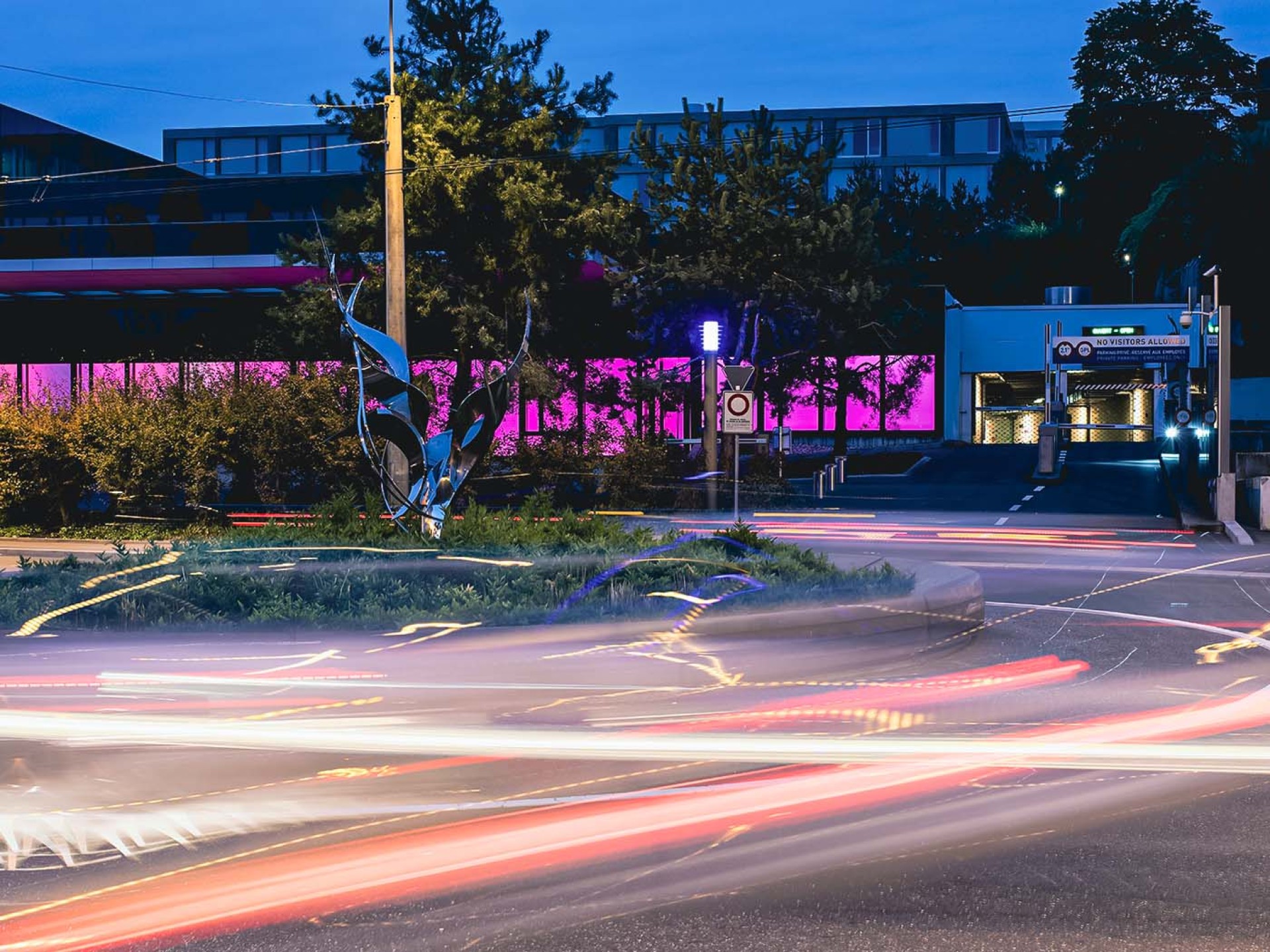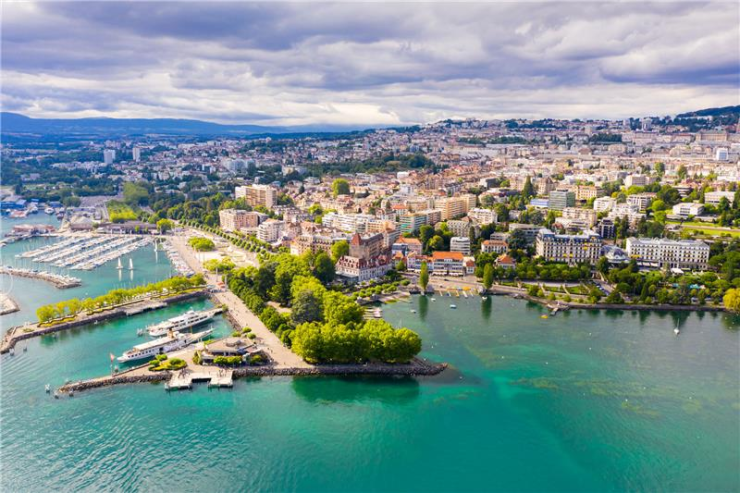
Lausanne – Nouvelle ligne du métro m3 – Etude des flux piétons

Quality of life, economic attractiveness, commercial and cultural vitality: accessibility is a strategic lever for every territory. Whether it involves a public facility, a real estate project, a neighbourhood, or a large-scale urban operation, designing appropriate access raises essential questions:
At Transitec, we provide concrete and innovative answers to these challenges with a resolutely multimodal approach and solutions based on:

Avenue Auguste-Tissot 4
1006 Lausanne
Switzerland
+41 21 652 55 55